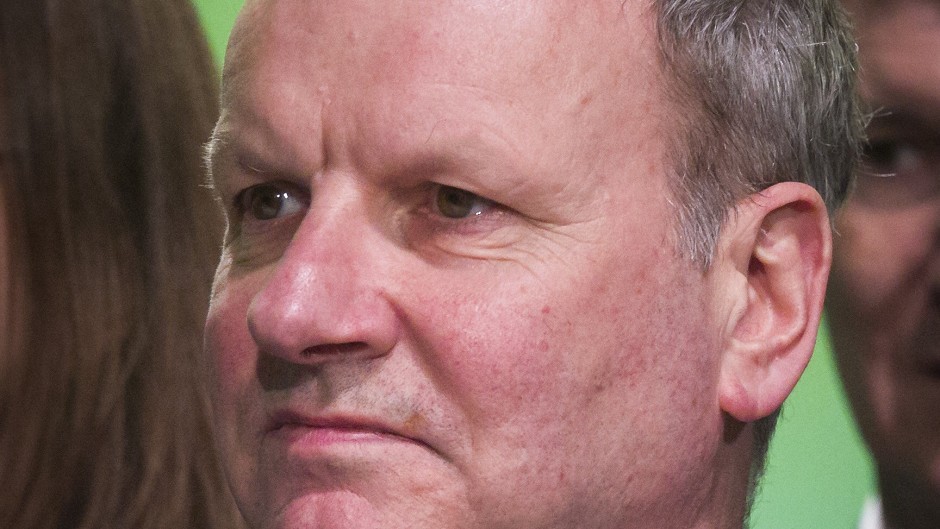A leading constitutional expert has said plans to limit the voting rights of Scottish MPs is driven more by politics than necessity.
Sir William McKay – whose commission proposals formed the starting point for David Cameron’s English Votes for English Laws (Evel) plan – gave evidence to the Commons Scottish Affairs committee yesterday.
Asked by its new chairman SNP MP Pete Wishart if Evel is necessary, he replied: “I think there is probably a stronger political need than there is a practical one.”
He later agreed with Mr Wishart’s description of a “sticking plaster” for the plan, which the UK Government pledged to push on with just hours after the independence referendum result last year.
Aberdeen North MP Kirsty Blackman asked about the advantages of using legislation, rather than changes to the House’s standing orders to allow for proper scrutiny.
But Sir William warned the SNP’s proposal would become a “dog’s breakfast”, adding: “Everybody would be in the courts.”
Changing the standing orders would at worst “restrict the dog’s breakfast to the floor of the House”, he went on.
Mr Wishart asked again: “Is this the way to do something which is so significant, which is so historically and constitutionally significant?”
Sir William replied: “But would you prefer a judge disallowing your vote? That is the alternative if this goes into legislation and a mistake is made.”
Sir William – who was appointed in 2012 to chair the commission on the consequences of devolution for the House of Commons – also told the committee his commission had implicitly rejected a ‘veto’ for English MPs, a key tenet of the Conservative plans.
Also giving evidence were Professor Charlie Jeffery, from the University of Edinburgh, and Michael Clancy, director of law reform at the Law Society of Scotland.
Prof Jeffery, who sat on Sir William’s commission, argued there was a need for change, adding: “People in England are deeply dissatisfied with how they are governed at the moment.”
He also suggested the Barnett Formula, used to allocate funding, was “not entirely fit for purpose” and said there was a need to look at the “bigger picture”.
